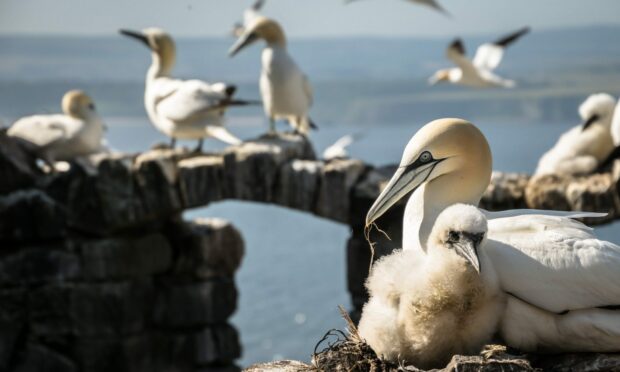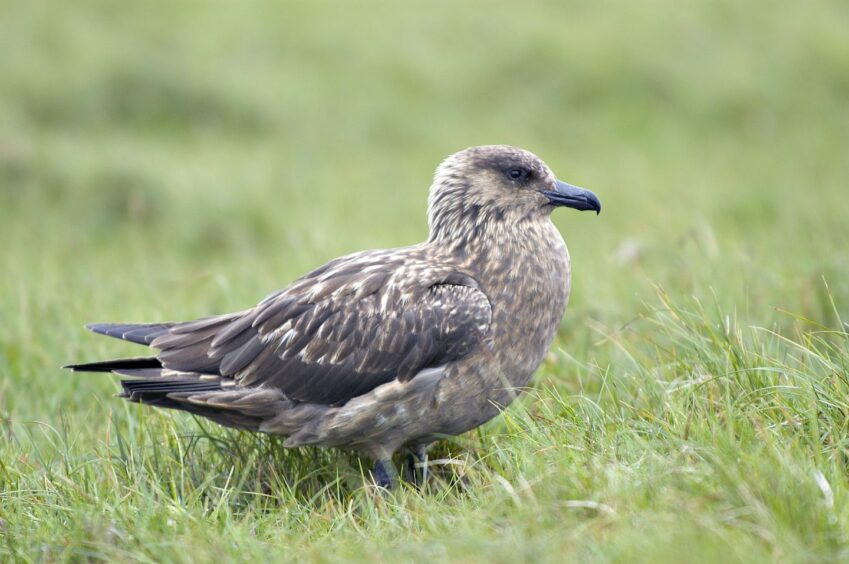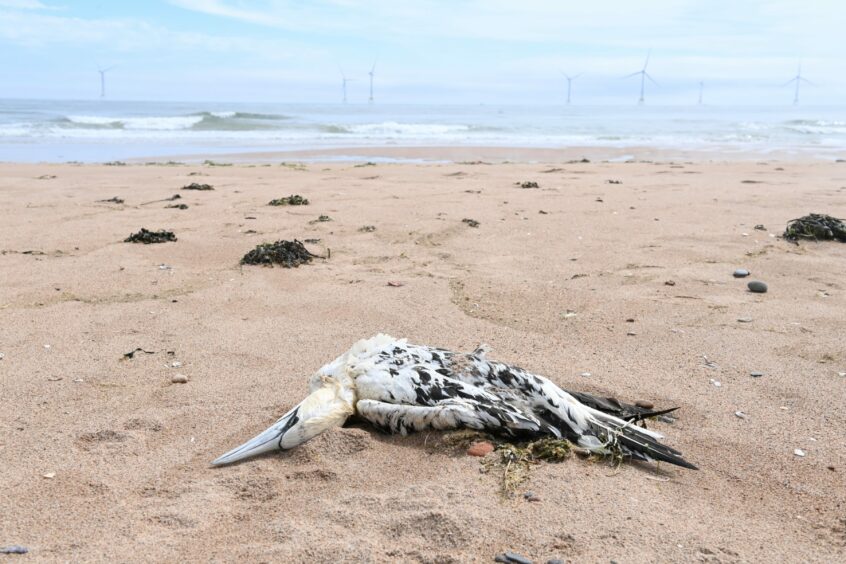Visits to 23 Scottish islands have been restricted in an attempt to limit the spread of avian flu.
NatureScot has issued the advice to stop public landings to give seabirds the best possible chance to survive amid the severe outbreak.
Restrictions will be in place at a number of island locations until birds have finished breeding and chicks have fledged.
The virus is widespread across Scotland with positive cases identified in the Highlands and Islands, as well as Aberdeenshire and Moray.
Aberdeenshire Council confirmed its teams had removed more than 1,000 bird carcasses from shorelines since the start of July.
Where have public landings been stopped?
Visits to the Calf of Eday, Swona and Muckle Skerry on Orkney have been restricted until the end of August while puffins, Arctic skuas and Arctic terns are breeding.
This will also apply to Craigleith, Inchmickery and Isle of May on the Firth of Forth.
Until mid-September, public landings will be stopped at the Isle of Noss and Sound of Mull, as well as Lamb and Fidra on the Firth of Forth.
Great skuas, common terns, cormorants and fulmars will be breeding during this time.
The following locations will be restricted until mid-October for breeding of gannets, storm-petrels and Manx shearwaters:
- Shetland – Ramna Stacks and Gruney
- Western Isles – Flannan Isles, North Rona and Sulga Sgeir, St Kilda (excluding Hirta)
- Highlands – Priest Island
- Argyll – Treshnish Isles
- Firth of Forth – Bass Rock
Visitors will still be able to view seabirds from a safe distance or enjoy boat trips to seabird colonies without coming ashore.
NatureScot has advised that the restrictions will be lifted as soon as possible.
Growing concerns
Assessments of all island Special Protection Areas have been carried out in response to the growing concern over the spread of the H5N1 strain of avian flu.
This is part of the work of a new task force tackling the crisis, which has resulted in a 85% decline of great skua at colonies in Orkney and a 25% decline in gannets at colonies in Shetland.
Eileen Stuart, deputy director of nature and climate change, said: “Restricting visits to these islands is not an easy decision, but we are increasingly concerned about the devastating impact avian flu is having in Scotland, particularly on our seabird colonies.
“Many of our Scottish islands are a haven for internationally important bird populations. With the avian flu crisis evolving so quickly, we have to respond to reduce the spread of this virulent disease.
“Tragically, this destructive disease could be with us for some time to come. In Scotland, with the new task force announced last week, we and our partners are committed to sharing our expertise and co-ordinating action on the ground.”



Conversation